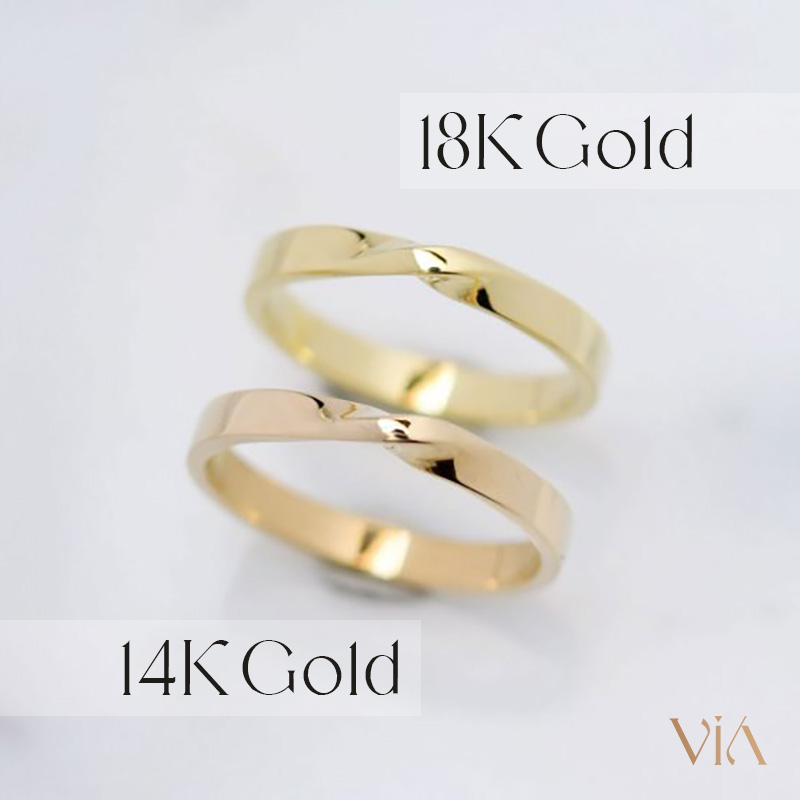When it comes to selecting gold jewelry, the karat rating is an essential factor to consider. It not only affects the piece’s value and durability but also its appearance. Two of the most popular choices for fine jewelry are 14K vs. 18K gold. Both options have their unique attributes, making them suitable for different preferences and lifestyles. In this guide, we’ll break down the differences between 14K and 18K gold, helping you make an informed decision for your next jewelry purchase.
Understanding Karats
First, it’s important to understand what “karat” means. The karat system measures the purity of gold, with 24 karats being pure gold. Pure gold is too soft for most jewelry, so it is usually alloyed with other metals to enhance its strength and durability. The number of karats tells you how many parts out of 24 are pure gold. Therefore, 14K gold consists of 14 parts gold and 10 parts other metals, while 18K gold contains 18 parts gold and 6 parts other metals.
14K Gold: Durability and Affordability
14K gold is favored for its excellent durability. The addition of other metals, such as copper, zinc, nickel, or silver, makes 14K gold more resistant to wear and tear. It’s an ideal choice for everyday pieces like engagement rings, wedding bands, and bracelets that endure constant use.
Another significant advantage of 14K gold is its affordability. With a lower percentage of gold compared to 18K, 14K gold pieces are more budget-friendly, making high-quality jewelry accessible without breaking the bank.
However, because of its lower gold content, 14K gold has a slightly less rich yellow color than 18K gold. This can be a positive attribute for those who prefer their jewelry to have a more subtle hue. Additionally, 14K gold is less likely to trigger allergies caused by metal alloys, although this depends on the specific alloys used.
18K Gold: Richness and Prestige
18K gold is often associated with luxury and high-end jewelry. Its higher gold content gives it a richer, more vivid yellow color, which is highly prized for its warmth and radiance. For pieces that aim to showcase the beauty of gold, such as statement necklaces or fine watches, 18K gold is the preferred choice.
The prestige of 18K gold also makes it a popular option for engagement rings and wedding bands that symbolize love and commitment. It stands out for its lush appearance and is perfect for those seeking jewelry that makes a bold statement.
However, the higher purity of 18K gold means it is softer and more prone to scratches and dents compared to 14K gold. It requires more careful handling and may not be the best choice for jewelry intended for everyday wear. Additionally, 18K gold is more expensive due to its higher concentration of gold, making it a significant investment.
Making Your Choice 14K vs. 18K gold
When deciding between 14K vs. 18K gold, consider your lifestyle, budget, and personal preferences. If you lead an active lifestyle or are looking for durable, everyday jewelry, 14K gold may be the best choice. On the other hand, if you’re drawn to the allure of gold and desire a piece with a richer color for special occasions, 18K gold could be the way to go.
Remember, the choice between 14K vs. 18K gold is not just about cost or durability; it’s also about finding the piece that resonates with your personal style and the message you want your jewelry to convey.
Whatever your decision, choosing between 14K vs. 18K gold is a journey to finding that perfect piece that will last a lifetime, symbolizing your moments, memories, and milestones.



